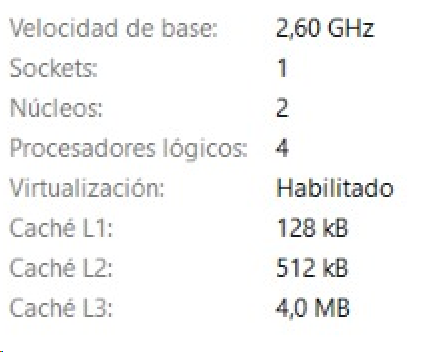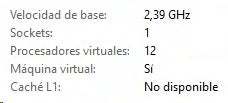TAGGED: #fluent-#ansys, #fluent-#cfd-#ansys, #mechanical-#workbench, ansys-fluent, ansys-fluent-meshing, ansys-mechanical, ansys-workbench-mechancal, ansysfluent, ansysmechanical, cfd-fluent, coupling, fluent, fluent-ansys, fluent-coupling, fluent-mechanical, fluent-project, fluent-setup, fluid-flow-fluent, mechanical, mechanical-workbench, system-coupling-transient-structural-fluid-flow-fluent-cfd-post-connector, systemcoupling, transient, transient-structural, two-way-coupling, two-way-coupling-fluent
-
-
October 19, 2025 at 5:01 am
andres.baeza
SubscriberHi everyone, I'm running an analysis using a two-way FSI system coupling (ANSYS Fluent + Transient Structural). I wanted to ask:
1) What "solver processes" value should I set in Fluent (when I open Setup) and how many cores should I set in Transient Structural? (Is it better to use all available logical processors on the PC for Fluent and all available cores on the PC for Transient Structural or not?) I'm including 2 images for your use as examples.
2) What is the limit for "solver processes" in Fluent and for cores in "Transient Structural"?
-
October 24, 2025 at 2:54 pm
Federico
Ansys EmployeeHello,
generally, the CFD participant of an FSI co-simulation will require more computing resources than the structural solver. Hence, if resources are limited, I suggest you set more on the Fluent side.
In terms of limit in solver processes, that may depend on your license. The base is 4 solver processes. Going beyond that you may require an HPC license.
-
- You must be logged in to reply to this topic.



-
4592
-
1494
-
1386
-
1209
-
1021

© 2025 Copyright ANSYS, Inc. All rights reserved.









